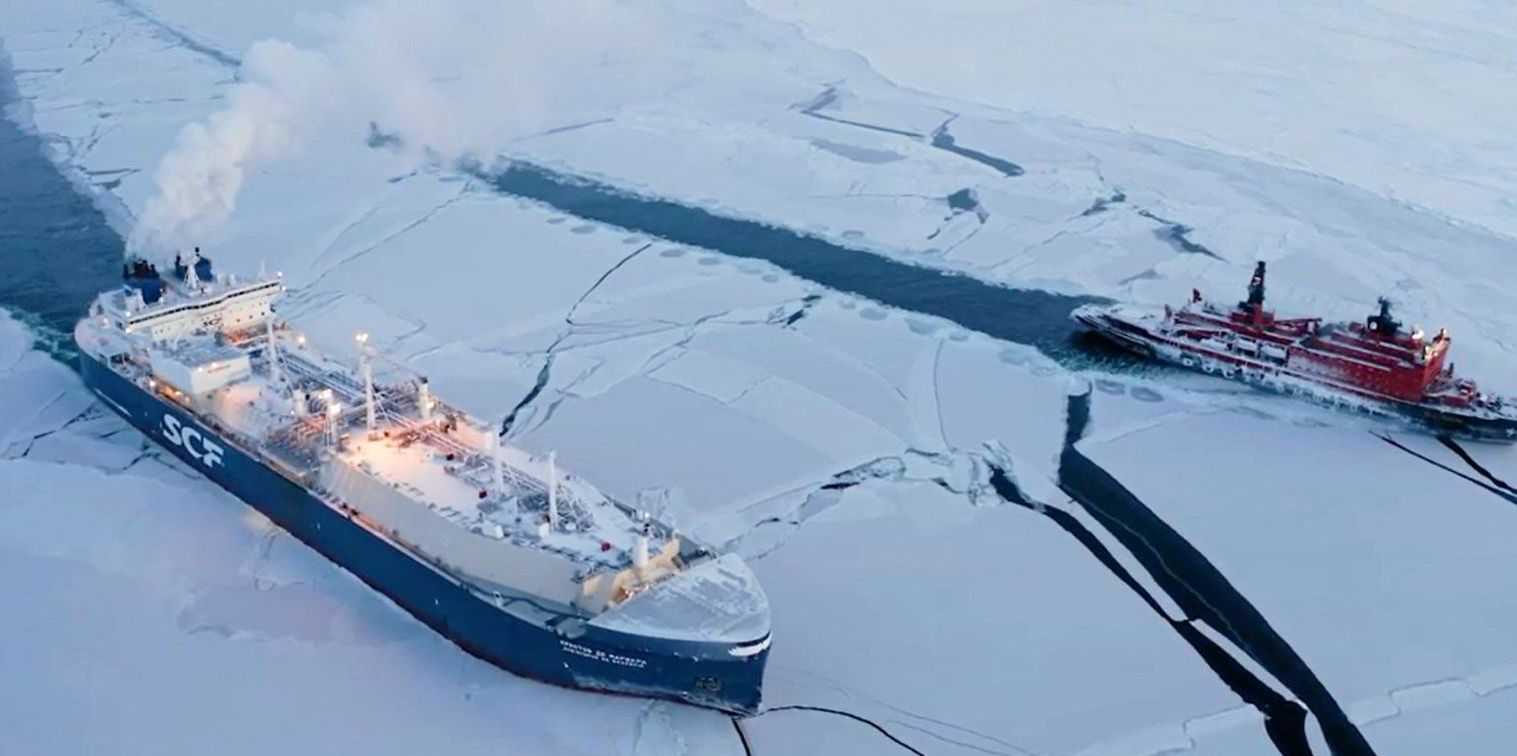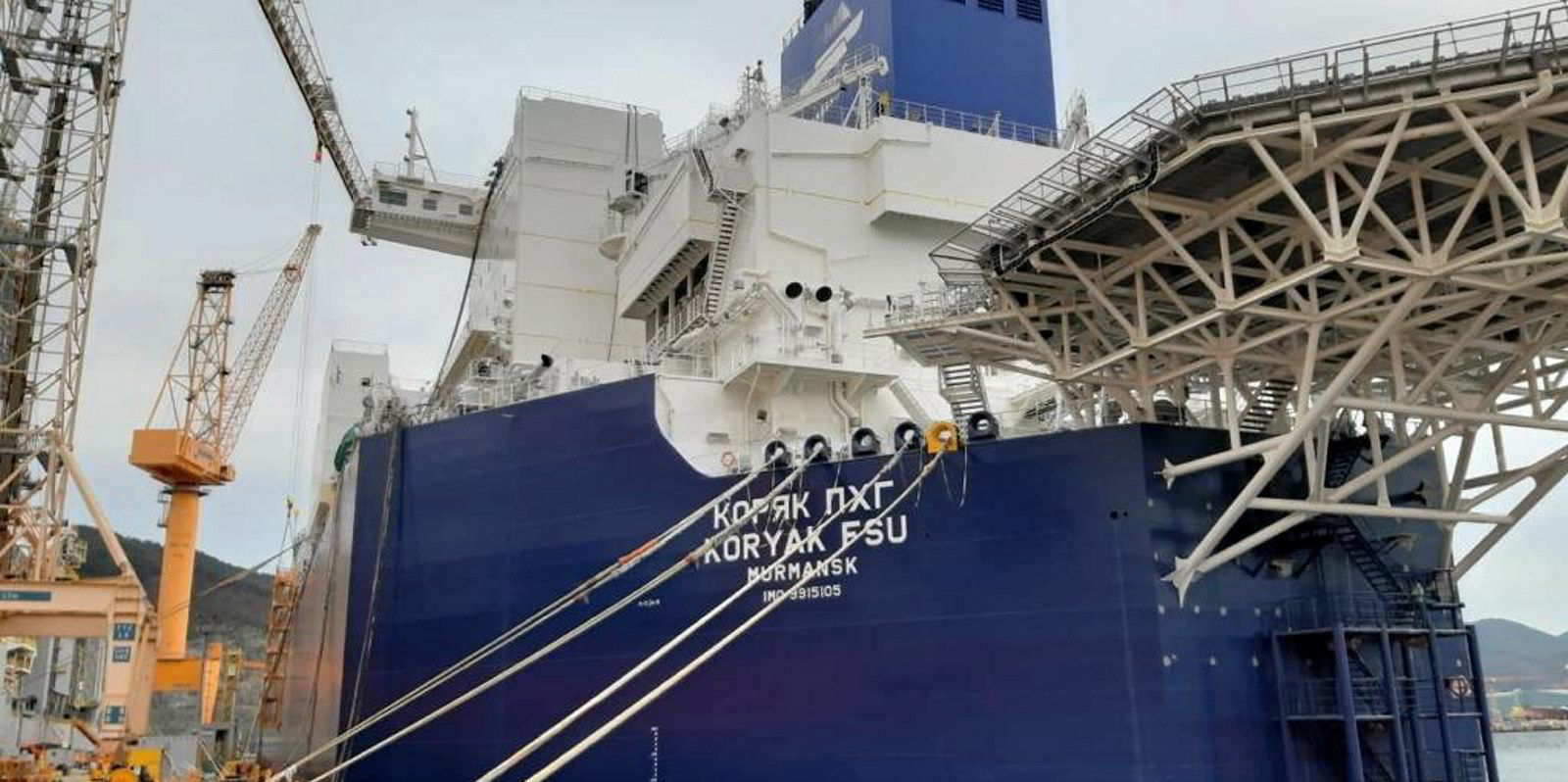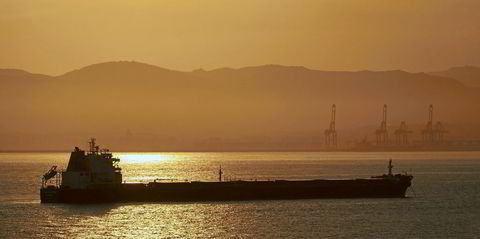Two Russian-controlled tankers are hauling oil to China via the rarely used Northern Sea Route (NSR), in a sign of Moscow’s growing ambitions to exploit the shorter route to a key customer.
The two aframaxes, the 111,000-dwt NS Arctic (built 2009) and 114,000-dwt Primorsky Prospect (built 2010), were off the coast of Norway en route to Rizhao, China, according to Kpler tracking data.
The NS Arctic completed the same trade from the Baltic Sea port of Primorsk in late May but travelled south around Europe, via the Suez Canal and the Indian Ocean in a voyage that took 46 days, according to the data.
It left Primorsk again on 14 July with 730,000 barrels of Urals crude and is on track to complete the journey via the Arctic in 11 fewer days, the data suggests.
The Primorsky Prospect left two days earlier from the Baltic port of Ust-Luga and is due to arrive in the Rizhao area on 12 August with 730,000 barrels of Urals, according to data first reported by Bloomberg.
Both ships are managed by Dubai-based Sun Ship Management. The Sovcomflot (SCF Group) technical manager has been placed under sanctions by the European Union and the UK following the Russian invasion of Ukraine.
Russian officials have said the decision by European governments to ban its oil has opened up a new opportunity to exploit the NSR to its increasingly important Asian markets.
The ban and Western sanctions have ended most Russian oil exports to its previous biggest market in Europe. Since the invasion in February 2022, India and China have been the biggest buyers of cut-price Russian crude.
Alexey Likhachev, the head of Russian state nuclear agency Rosatom, said in May that he had been working with domestic companies to redirect oil to the NSR as the “safest attractive route”, the Tass news agency reported.
Global warming means the NSR has emerged as a strategic opportunity for Russia and it plans to increase energy shipments eastwards by more than 250% to 130m tonnes by 2035.
Moscow wants to open up the route to year-round shipping, even though ice conditions from January to May are currently difficult.
The Russian-owned 72,700-dwt Vasily Dinkov (built 2008) used the route to carry 495,000 barrels of crude from Murmansk to Rizhao in October last year, the Barents Observer reported.
But the route remains a challenge: 20 ships were stuck in the remote area in November 2021 when waters froze quicker than expected, the newspaper reported.





